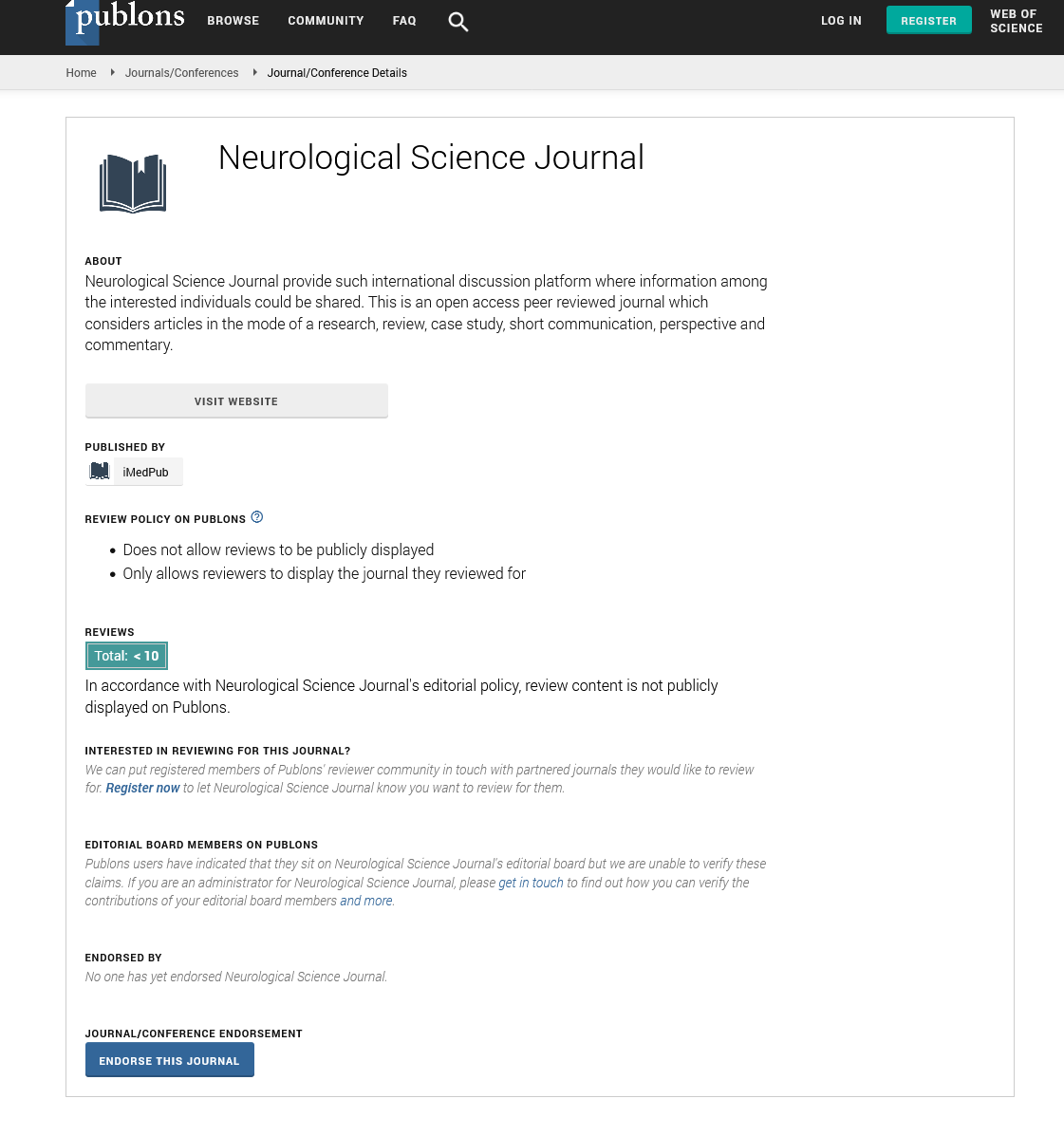Abstract
Criteria-unfulfilled multiple system atrophy at an initial stage exhibits laterality of middle cerebellar peduncles
To elucidate clinically useful imaging characteristics of multiple system atrophy with predominant cerebellar ataxia (MSA-C) at the initial stage showing pure cerebellar ataxia but unfilling consensus criteria (MSA-pc), clinical and neuroradiological analyses on cerebral MRI and single-photon emission computed tomography (SPECT) for measuring regional cerebral blood flow (rCBF) were performed. Seven MSA-pc patients meeting the above condition at an initial evaluation were identified, and all the MSA-pc patients later developed autonomic dysfunction and finally fulfilled the criteria for probable or possible category of MSA-C. For comparison, two patients with spinocerebellar ataxia type 6 and three patients with idiopathic cerebellar ataxia who did not exhibit autonomic dysfunction for more than three years were enrolled in this study (non-MSA-pc). As non-ataxic controls without cerebellar involvement, seven patients with Parkinson's disease were also enrolled. As a result, MRI analysis clarified a smaller pontine area and significant laterality of middle cerebellar peduncle (MCP) width in MSA-pc in comparison to non-MSA-pc and controls. SPECT analysis revealed that pontine rCBF was reduced even at the initial stage of MSA-pc. Moreover, the laterality of cerebellar rCBF values and the laterality of MCP width in MSA-pc patients exhibited a significant positive correlation, indicating anatomical and functional laterality of afferent projections to cerebellum is a characteristic finding for MSA-pc. These neuroimaging characteristics could be clinically useful to consider the possibility of the criteria-unfulfilled MSA and promote an earlier intervention after obtaining a diagnosis of probable MSA-C.
Author(s): Yoshio Ikeda
Abstract | Full-Text | PDF
Share This Article
Google Scholar citation report
Citations : 11
Neurological Science Journal received 11 citations as per Google Scholar report
Neurological Science Journal peer review process verified at publons
Abstracted/Indexed in
- Google Scholar
- Publons
Open Access Journals
- Aquaculture & Veterinary Science
- Chemistry & Chemical Sciences
- Clinical Sciences
- Engineering
- General Science
- Genetics & Molecular Biology
- Health Care & Nursing
- Immunology & Microbiology
- Materials Science
- Mathematics & Physics
- Medical Sciences
- Neurology & Psychiatry
- Oncology & Cancer Science
- Pharmaceutical Sciences
